Japanese designed and built to a high quality, Mitsubishi Lancer is at the forefront in the reliability stakes, so has long been popular on the used-car scene in Australia.
The Lancer began life as a small car, then gradually morphed into a medium model. From the new model launched in October 2007 it can be used as a family car if the kids aren’t yet into their hulking teenage years.
Interior space is good in the front seats in all models. Rear seat headroom can be tight in the older hatches, but is generally fine in the sedans and wagons due to their extended rooflines.
Lancer comes with a big variety of bodies: two-door coupes, three-door hatches, four-door sedans, five-door hatchbacks and five-door station wagons. Not all bodies were on offer at all times.
Mirage shares most of its out-of-sight parts with Lancer, the name change is simply a marketing ploy
Three-door hatchbacks built prior to 1996 were called Lancers, but the name was changed to Mitsubishi Mirage with the introduction of the new model of that year.
Mirage shares most of its out-of-sight parts with Lancer, the name change is simply a marketing ploy to try and create a new niche for the three-door. Imports of the Lancer-based Mirage ceased in 2004 although the name was reintroduced in 2013, this time in a small five-door hatchback.
Ride comfort in the standard Lancers is generally good, though rough Australian backroads can sometimes knock them about. This improved with later models, but try for yourself if you do a lot of country driving.
Engines are all four-cylinder units, with a big spread of capacities; 1.5, 1.8, 2.0 and finally 2.4 litres. The marketing strategy over the years saw the largest engine at any one time being first introduced in the upmarket models then gradually making its way down the line.
The ultra-hot Lancer Ralliart and Lancer Evolution (Evo) models provide stunning performance
The 2.4-litre powerplant has plenty of torque, giving the car excellent performance and safe overtaking, yet it doesn’t use a lot more fuel than the other powerplants.
Manual gearboxes are all five-speed units. Automatic transmissions from 1996 had four-speeds. The auto with the 2.4-litre engine has tiptronic functions in case the driver wants to override the computer and get more revs out of the engine.
If you do want real excitement, the ultra-hot Lancer Ralliart and Lancer Evolution (Evo) models provide stunning performance, but cost big bucks. However, the Lancer MR coupe of 1997 to 2004, while tamer than the Evo is still fun thanks to its firmer suspension and sharper steering.
Spare parts and repair prices are about average for this class and the Australian Mitsubishi dealer network is widespread and efficient.
The Lancer is relatively easy for the home mechanic to work on, with good underbonnet space and nothing particularly tricky in its layout.
Insurance charges are about average for the class in all but the sportier variants. You may need to raise a big loan to cover an Evo if you’re under the age of 25.
Though Mitsubishi has pulled out of local manufacture the company continues to operate as a major player here, now exclusively with imported cars. Lancer is at the vanguard of the new Mitsubishi Australia.
What to look for
If possible, start the engine when it is completely cold. It should fire up within a couple of seconds and idle smoothly and quietly straight away.
If the engine puffs oily smoke from the exhaust under hard acceleration it may be due for an overhaul.
A manual gearbox should be slick and easy to use
Feel for an automatic transmission that is slow to engage gear or is inclined to change up and down unnecessarily.
A manual gearbox should be slick and easy to use. If not there could be troubles - fast changes down from third to second usually show the problem first.
Rust normally only gets into the body following poor quality panel repairs, but look over the lower areas of the body and the bottom corners of the doors, tailgate or bootlid just in case. Also look at the surrounds of the front and rear windscreens.
Check for panel repairs by looking for ripples in the panels; paint that doesn’t match from one panel to another; and tiny spots of paint on glass, badges, body trim and so on.
Don’t even think of buying until you've had a full professional inspection
Do a complete check of all interior surfaces, in particular the tops of the dashboard and the rear parcel shelf that may have drive out and cracked.
Look for rips in the seats, excess wear in the carpets and for damage in the luggage area.
Mitsubishi Lancer 2005: ES
| Engine Type | Inline 4, 2.0L |
|---|---|
| Fuel Type | Unleaded Petrol |
| Fuel Efficiency | 8.7L/100km (combined) |
| Seating | 5 |
| Price From | $2,530 - $3,960 |
Verdict
HOW MUCH?
Expect to pay from:
$1000 to $2000 for a 1998 Mitsubishi Lancer GLi coupe
$3000 to $5000 for a 2002 Lancer Cabriolet
$4000 to $7000 for a 2005 VR-X
$6000 to $10,000 for a 2008 ES
10,000 to $15,000 for a 2009 VR-X
$14,000 to $19,000 for a 2011 VR-X
$18,000 to $23,000 for a 2011 Ralliart Sportback
$23,000 to $31,000 for a 2013 Ralliart sedan.
CAR BUYING TIP
Don’t even think of buying until you've had a full professional inspection, preferably from an expert on the type of car you are getting serious about.
Pricing Guides

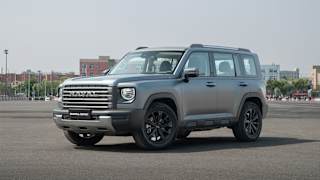
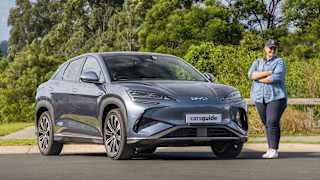
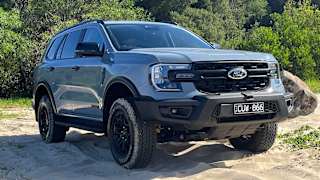

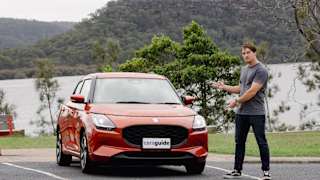
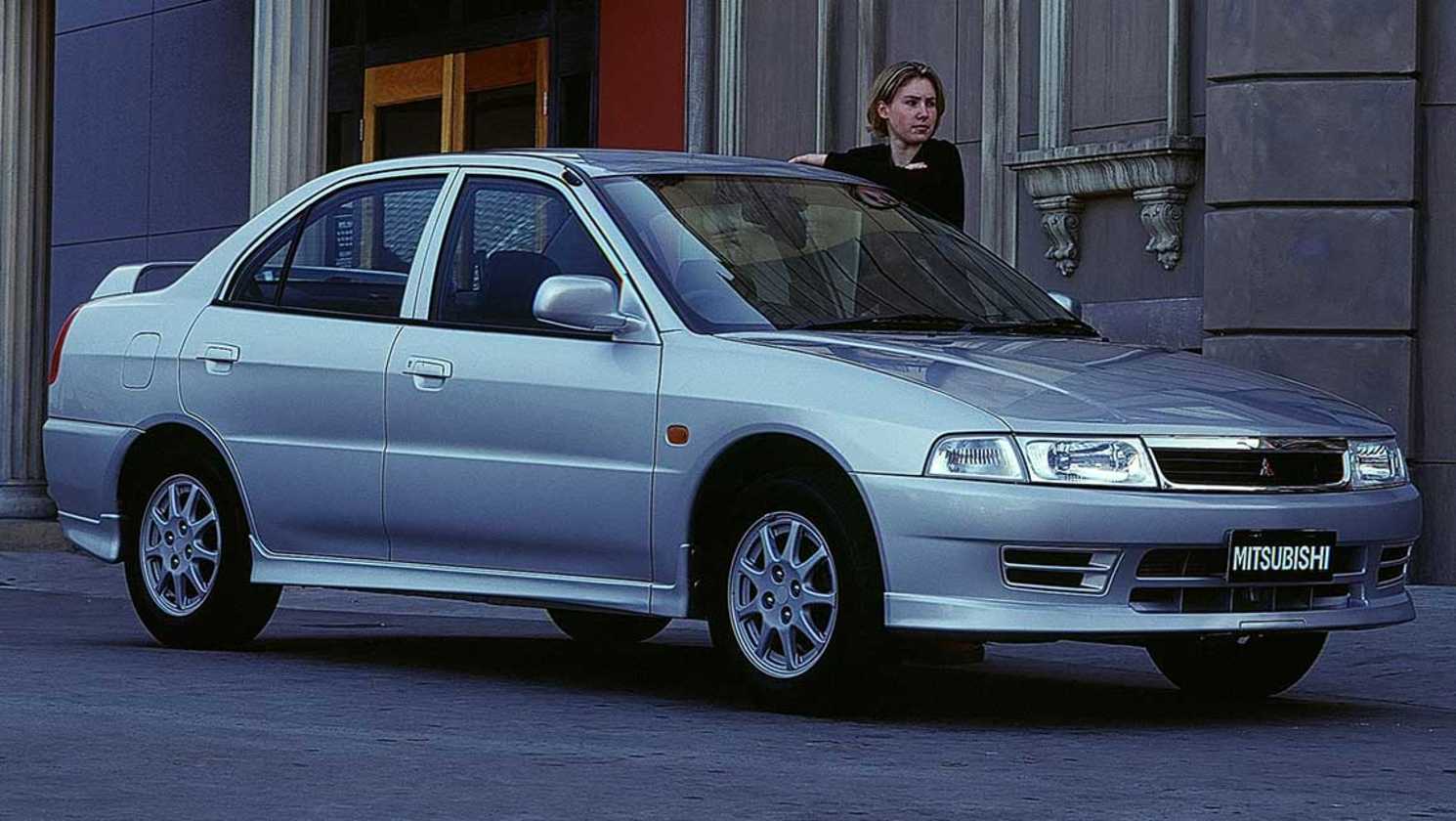
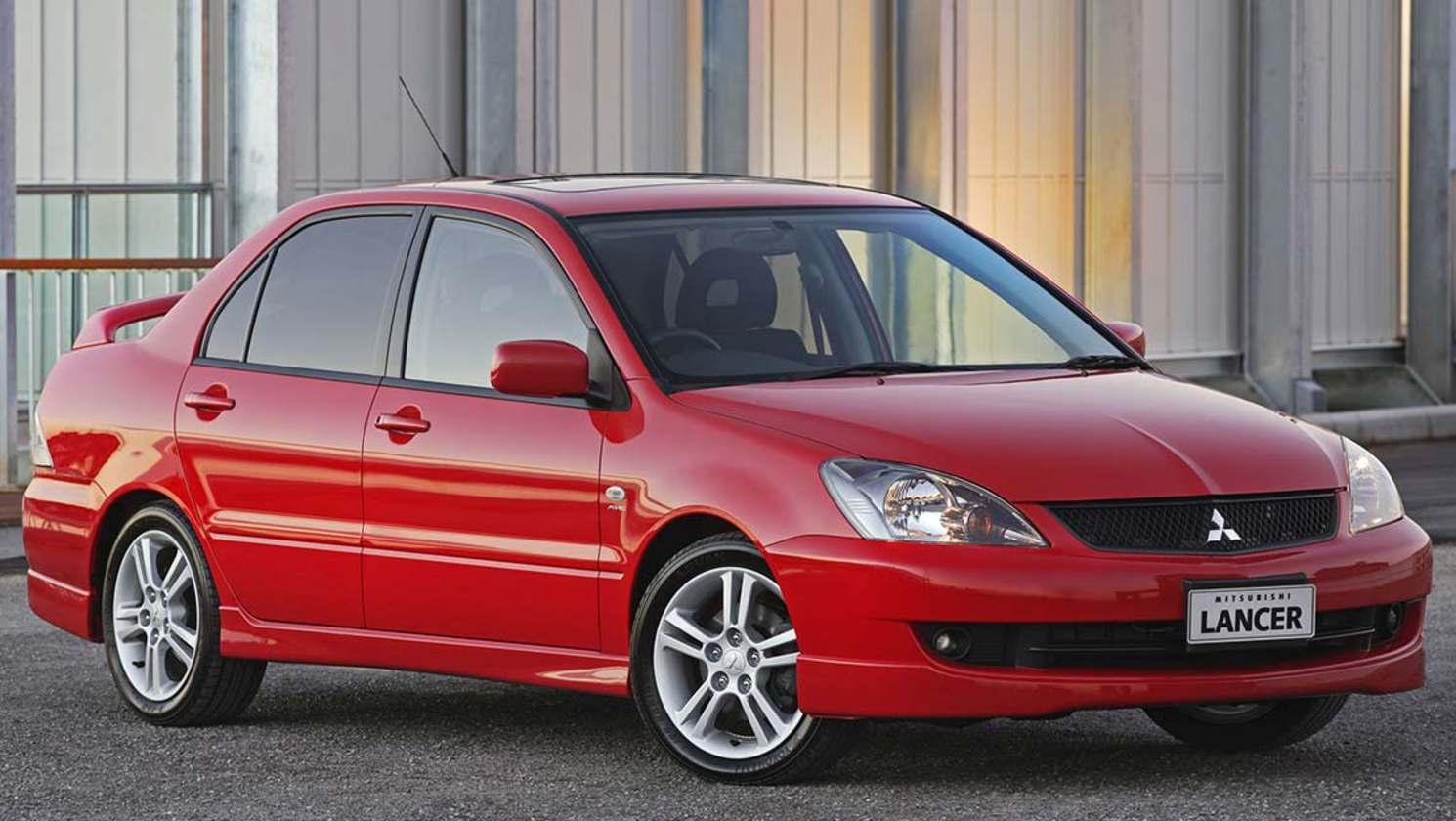
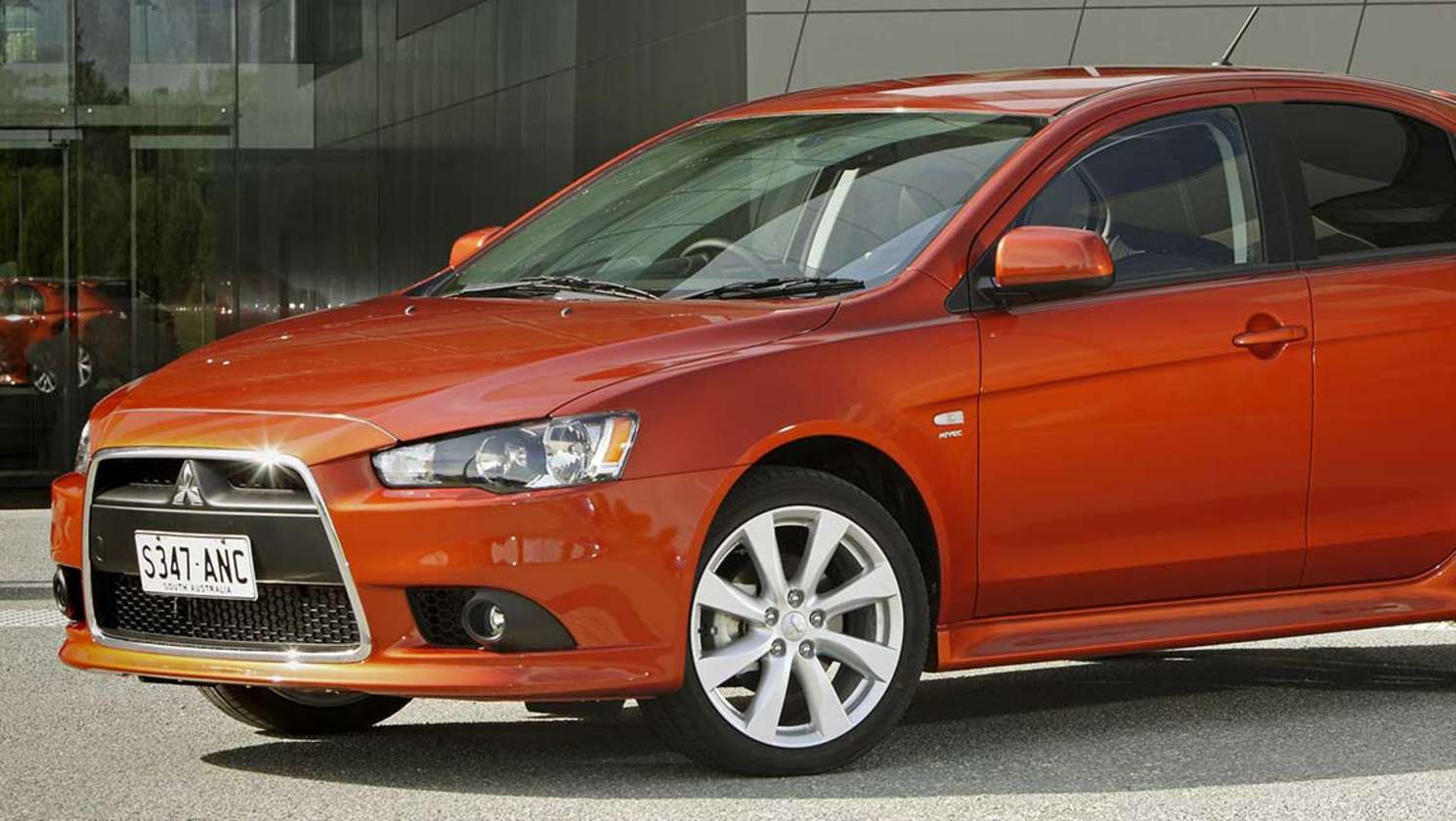




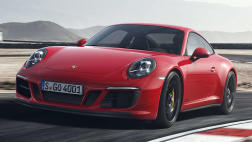
.jpg)














.png)




.jpg)
.jpg)

.jpg)